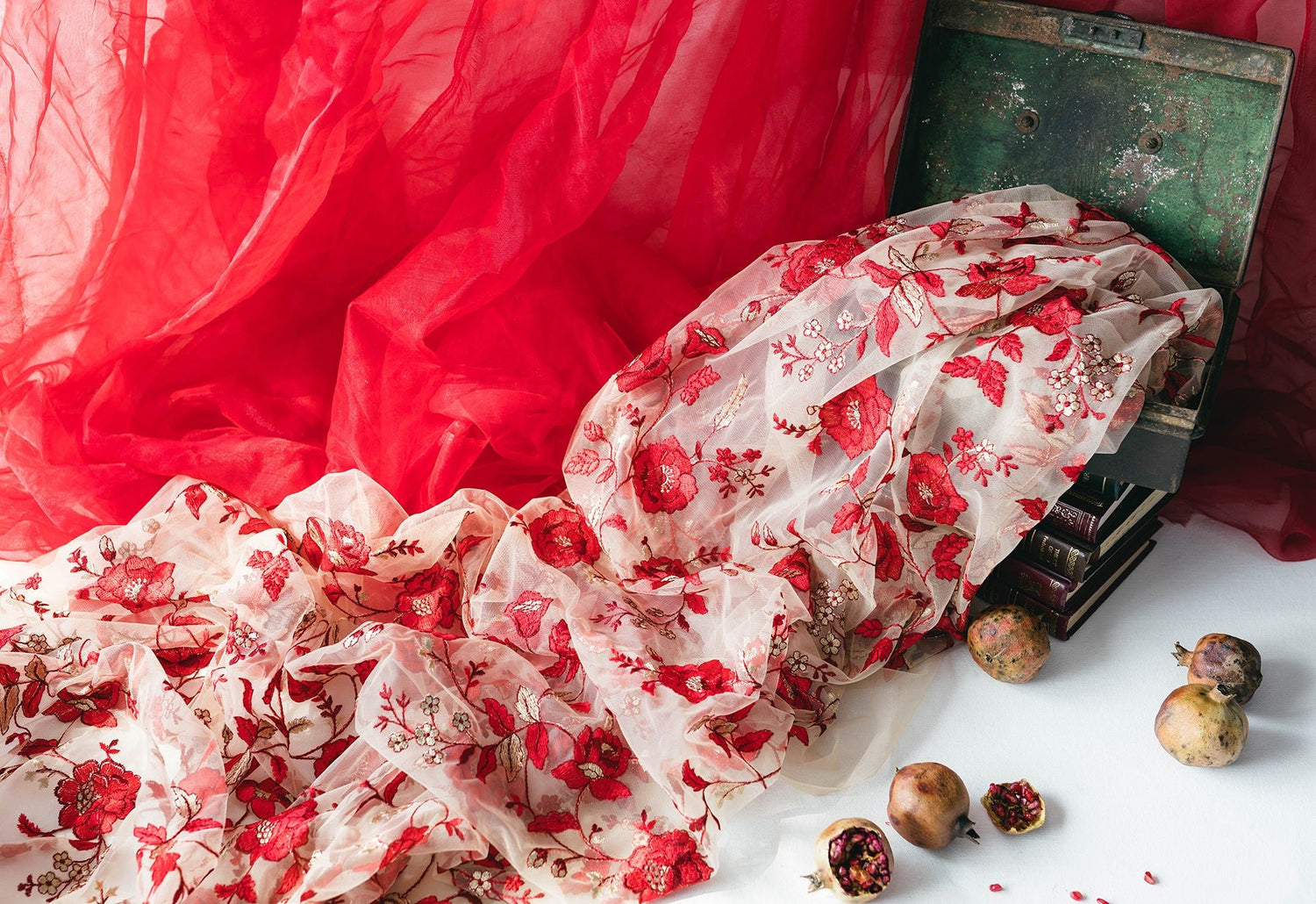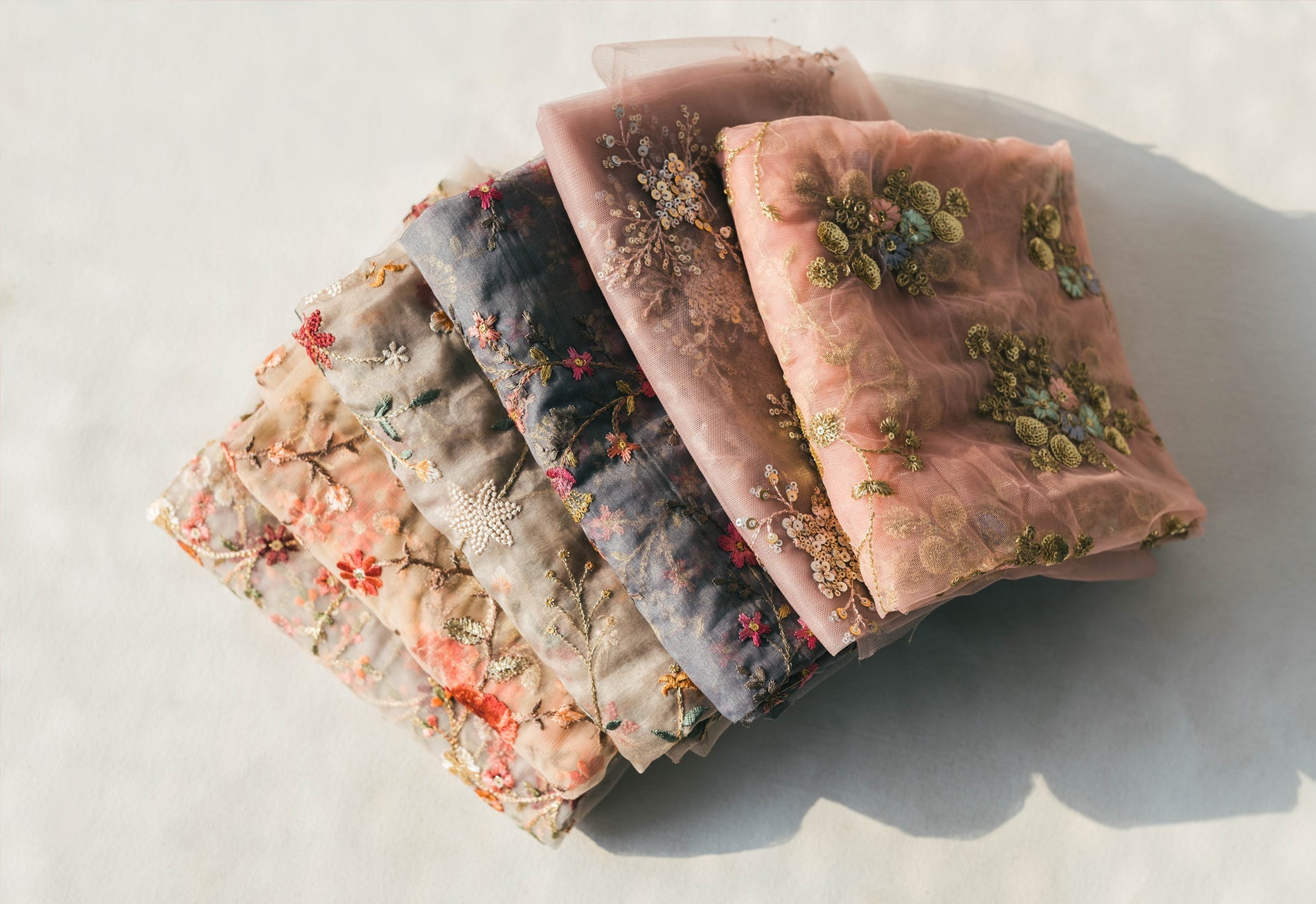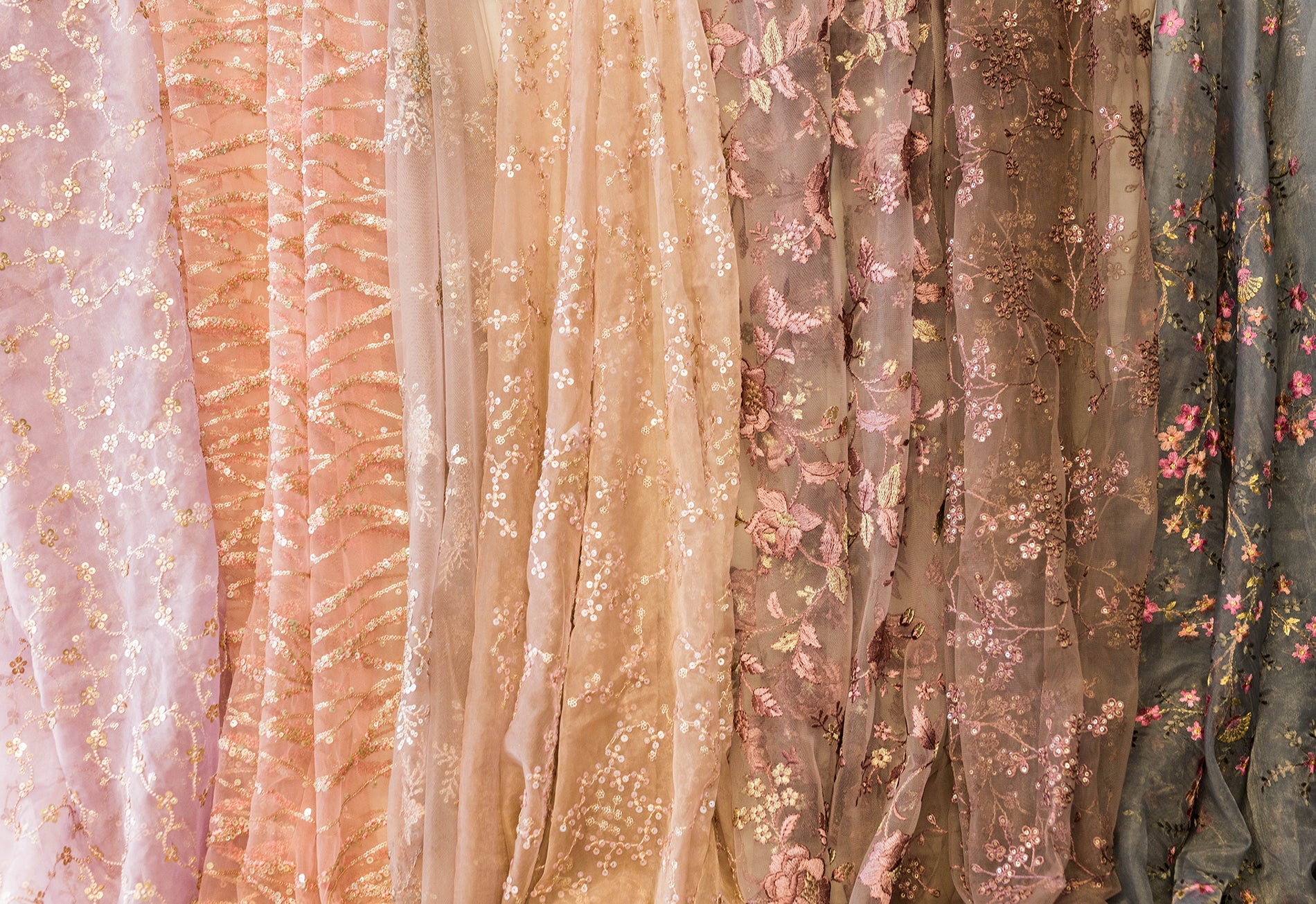In all the forms available, embroidery has existed since the early years of fabric production. While it is practiced across the globe, origins are believed to have been traced to China.
By definition, embroidery is the art of decorating fabric or other materials using a needle to apply thread or yarn. It is one of the oldest and most traditional methods of breathing life into a fabric.
Embroidery may also incorporate other materials such as pearls, beads, and sequins. Today, embroidery is largely seen on caps, hats, coats, shirts, denims, and dresses. In fact, such is the demand for embroidery that it’s uses have gone beyond clothing and it is now also used in home-decor or home-making essentials such as mandalas, tapestries and blankets.
Some of the basic techniques or stitches of the earliest embroidery are chain stitch, satin stitch, and cross stitch. These stitches remain the fundamental techniques of hand embroidery today that are followed the world over.
Embroidering is more than just stitching though. It is considered an art because of the sheer time invested into getting it right. With the knowledge of taming the thread, the elusive back stitch and stem stitch, the satin stitch or the cross stitch put together with the entire combination requires serious skill. There’s little wonder why there are individuals who spend their entire life mastering this art.
It is these individuals who are treated as true master craftsmen. Embroidery requires unwavering focus and heaps of patience. This is why, any embroider you meet will more often than not represent these two qualities, besides many others. Needless to say, but another quality that comes as a prerequisite for embroiders is creativity. And that too, a whole lot of it.
With the rapid pace at which technology moves, there was a brief period where embroiders were worried about being replaced by machines. However, embroidery of the finest kind, is the one space, if any, that machines would fail to overtake. The process of autonomy would not be applicable as most of the patterns and designs in embroidery require high skill and a delicate touch.
While sewing machines have taken over the world, embroidery was, is and always will be about handwork. Even in the age of electronics, the craft of embroidering by hand is inimitable and cannot be matched. While machine work will always give you precision, it is flat, hard to the touch and stiff as ever. Hand embroidery is soft to the touch, lavish and the imperfections of the human hand only add to the overall beauty. Above all else, one of the things that makes embroidery so beautiful, and valuable to those who hold the intricate knowledge of it, is how much time and patience it takes to do well.
Any clothing aficionado will be able to tell the amount of time and effort that's been put into well-finished embroidery. After all, the hours spent behind it are directly proportional to the final output of the piece.



Leave a comment
This site is protected by hCaptcha and the hCaptcha Privacy Policy and Terms of Service apply.